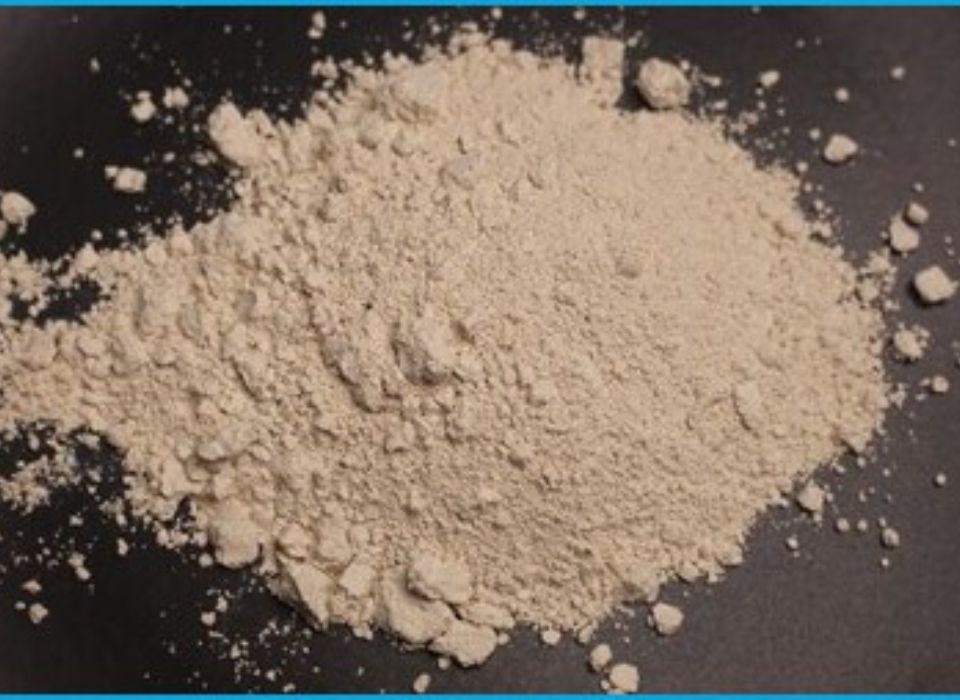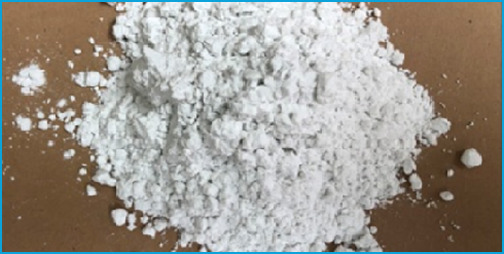
Is Your Diatomaceous Earth Still Effective? Tips for Long-Term Storage
September 27, 2024
Can Diatomaceous Earth Be Eaten? Exploring the Health Benefits
September 27, 2024Protecting Your Pets with Diatomaceous Earth
When it comes to protecting your pets from pests, natural solutions are becoming increasingly popular among pet owners. Diatomaceous Earth (DE), a naturally occurring, soft sedimentary rock made from the fossilized remains of tiny aquatic organisms called diatoms, is one such option. It has gained traction due to its non-toxic properties and effectiveness in combating fleas, ticks, and other pests. But, is it safe to apply directly on your dog? Let’s explore the benefits, safety concerns, and proper usage of DE for dogs.
Benefits of Using Diatomaceous Earth
- Flea and Tick Control: DE is widely used as a natural alternative to chemical treatments for fleas and ticks. Its abrasive properties cause external parasites to dry out and die, offering an effective solution without resorting to harsh chemicals.
- Non-Toxic: Unlike many chemical-based flea treatments, food-grade DE is non-toxic and does not pose a threat to your dog’s health. This makes it a good option for dogs with sensitive skin or allergies to conventional flea treatments.
- Internal Parasite Control: Some pet owners use food-grade DE as a natural dewormer. When ingested in the right quantity, it is believed to help eliminate internal parasites like roundworms and hookworms. However, this practice should only be done under veterinary guidance to ensure safety.
- Eco-Friendly: DE is a natural product that does not have harmful side effects on the environment, making it a sustainable choice for pet owners concerned about ecological impact.
Proper Usage of Diatomaceous Earth on Dogs
Before using DE on your dog, it’s important to choose food-grade DE. Never use industrial-grade DE, as it contains silica and other chemicals that can be harmful to your dog’s respiratory system and overall health.
- Dust Lightly on Your Dog’s Coat: Sprinkle a small amount of DE on your dog’s coat, especially around areas where fleas and ticks are likely to hide (such as behind the ears, under the belly, and around the tail). Gently rub it into your dog’s fur, making sure it reaches the skin.
- Avoid Inhalation: DE can cause respiratory irritation if inhaled. While applying DE, do so in a well-ventilated area, and avoid dusting your dog’s face to prevent them from breathing it in.
- Apply Consistently: For best results, apply DE regularly (every few days) and monitor for any signs of irritation. Flea infestations may take a few weeks to resolve, so consistent use is key.
- Vacuum and Clean: In addition to applying DE to your dog’s coat, you may also want to treat your home. Sprinkle DE on carpets, furniture, and bedding where fleas may reside. Let it sit for a few hours before vacuuming to remove the fleas.
Precautions When Using Diatomaceous Earth
When used properly, food-grade DE is safe for dogs. However, like any treatment, there are a few precautions to consider:
- Inhalation Risks: While food-grade DE is generally safe, inhaling large amounts of its fine particles can cause irritation to both you and your dog’s respiratory systems. Always apply DE in a well-ventilated area and avoid creating excessive dust.
- Dry Skin: DE can dry out your dog’s skin if overused. If you notice your dog’s skin becoming dry or flaky after repeated applications, reduce the frequency or switch to another flea treatment.
- Consult Your Veterinarian: If your dog has pre-existing health conditions, it’s always a good idea to consult with your veterinarian before starting any new treatment.
While some pet owners use food-grade DE to control internal parasites, this practice is controversial. Although DE is believed to eliminate some parasites, its effectiveness as a dewormer has not been scientifically proven, and it should not replace veterinarian-recommended treatments. If you’re considering feeding DE to your dog, always consult your veterinarian first to determine if it’s appropriate for your pet’s specific health needs.
Conclusion
Diatomaceous earth, when used correctly, can be a safe and effective solution for controlling fleas and ticks on your dog. Food-grade DE is non-toxic and offers a chemical-free alternative for pet owners seeking natural options. However, it’s important to use it cautiously, avoiding inhalation and overuse to prevent skin dryness or irritation.
For high-quality, food-grade products, you can rely on Seema Minerals & Metals. They offer natural, safe solutions for both humans and pets, ensuring the best care for your furry friends. Always consult your vet before introducing any new treatment into your dog’s routine to ensure safety and effectiveness.




